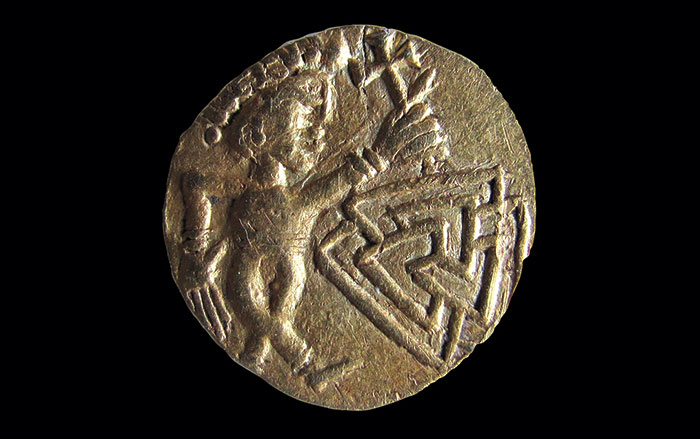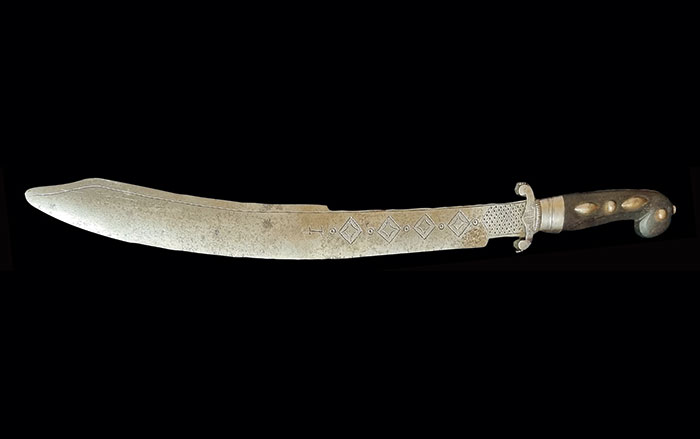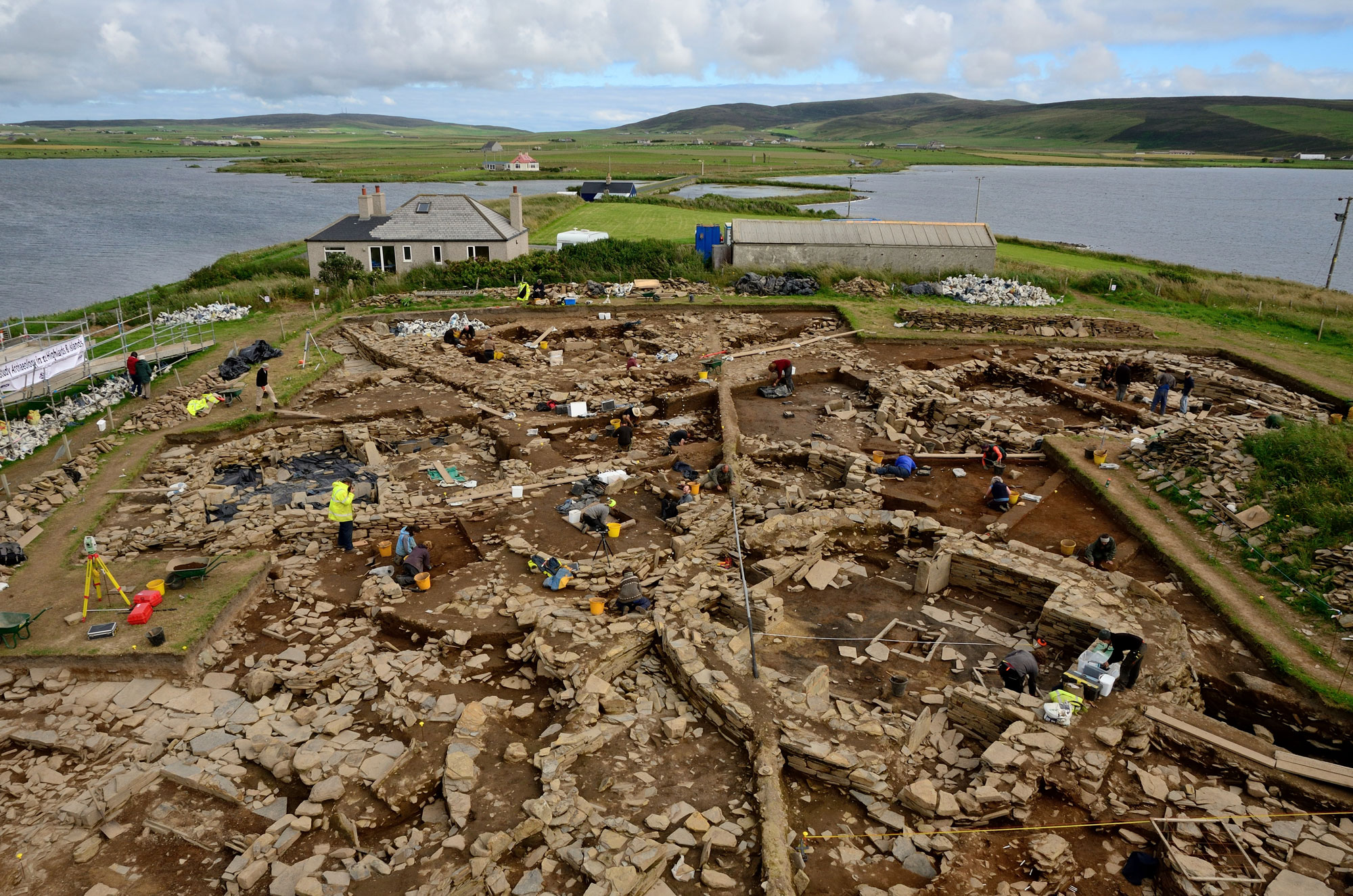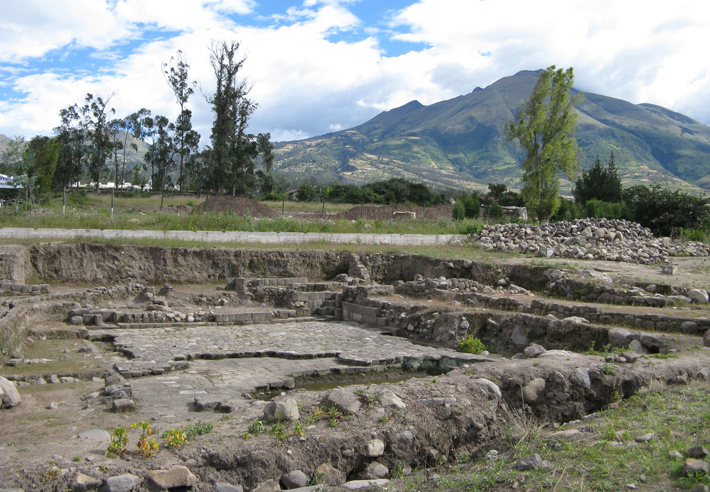ST DAVIDS, WALES—A woman walking along Caerfai Beach during low tide spotted three submerged mines dating to the First World War. “At first I thought it was some sort of Roman pottery,” said Julia Horton Powdrill, who happens to be an archaeologist. “Personally I think the sea has been so rough and swirly recently that it’s likely the sand covering them has been washed away,” she added. Powdrill had been out foraging for seaweed when she made the discovery.
World War I Mines Discovered on Welsh Beach
News February 4, 2013
Recommended Articles
Off the Grid September/October 2025
Necropolis of Pantalica, Italy

Artifacts September/October 2025
Anglo-Saxon Coin

Digs & Discoveries September/October 2025
Law & Order

Digs & Discoveries September/October 2025
African Swordcraft

-
Features January/February 2013
Neolithic Europe's Remote Heart
One thousand years of spirituality, innovation, and social development emerge from a ceremonial center on the Scottish archipelago of Orkney
 Adam Stanford/Aerial Cam
Adam Stanford/Aerial Cam -
Features January/February 2013
The Water Temple of Inca-Caranqui
Hydraulic engineering was the key to winning the hearts and minds of a conquered people
 (Courtesy Tamara L. Bray)
(Courtesy Tamara L. Bray) -
Letter from France January/February 2013
Structural Integrity
Nearly 20 years of investigation at two rock shelters in southwestern France reveal the well-organized domestic spaces of Europe's earliest modern humans

-
Artifacts January/February 2013
Pacific Islands Trident
A mid-nineteenth-century trident illustrates a changing marine ecosystem in the South Pacific
 (Catalog Number 99071 © The Field Museum, [CL000_99071_Overall], Photographer Christopher J. Philipp)
(Catalog Number 99071 © The Field Museum, [CL000_99071_Overall], Photographer Christopher J. Philipp)

